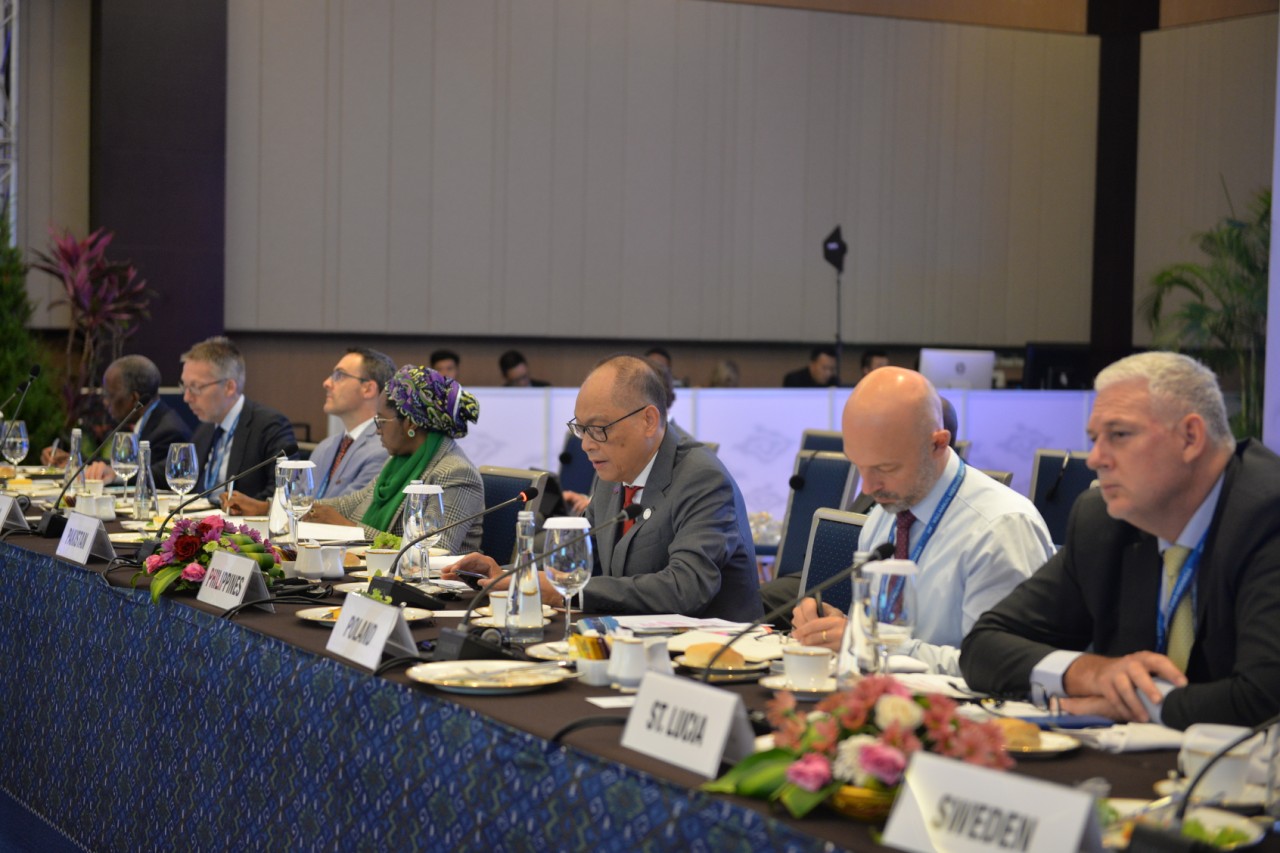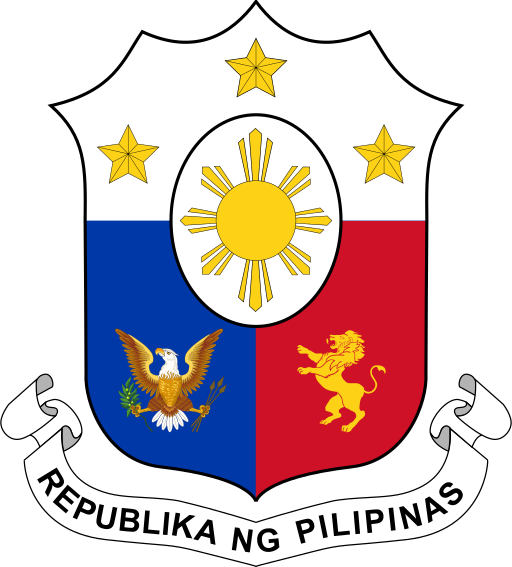
DBM Secretary Diokno shared the Philippine Government’s practice of climate budgeting during the Climate Finance Ministerial Meeting, one of the key events during the World Bank (WB)-International Monetary Fund (IMF) Annual Meetings held in Bali, Indonesia on October 13, 2018.
Climate Budgeting is the process of identifying, classifying, and tagging climate change expenditures using a common policy-based typology, developed in response to the results to the 2013 Climate Public Expenditure and Institutional Review, and in light of the Philippines’ own public finance reform agenda.
The Philippines is seen as a global leader in climate financing as proposals mandating the reporting of climate spending by governments are still being put forward by negotiators involved in the implementation of the Paris Agreement.
According to Secretary Diokno, “the Philippines is putting its money where its mouth is” with the budget for climate change progressively increasing at an average rate of 19% in recent years. This is faster than the average increase of the total national government budget.
“With the Climate Change Expenditure Tagging, policy makers now have a better understanding of the scope and distribution of climate action, and they now have the evidence on the institutional readiness for scaling up climate finance in the Philippines,” the budget chief said.
Moving forward, the Secretary said that the Philippine Government plans to “unlock the potential contribution of subnational governments to climate change spending.”
“Subnational governments in the Philippines have a consolidated surplus equivalent to 1.4% of GDP. As first responders in any calamity, they should contribute to efforts for immediate relief and rehabilitation as a consequence of typhoons, earthquakes, and other calamities,” he said.
The Climate Finance Ministerial Meeting was attended by finance ministers from over twenty countries. It also features a powerhouse set of main speakers including World Bank President Jim Yong Kim, United Nations Secretary General Antonio Gutierres, IMF Managing Director Christine Lagarde, and Co-Chair of the Global Commission on the Economy and Climate Lord Nicholas Stern.
Disaster Risk Financing
Earlier that week, Secretary Diokno also discussed the Philippines' experience in Disaster Risk Financing and Insurance (DRFI) during the High-Level Dialogue on DRFI, a highlight event of the WB-IMF Annual Meetings. The Philippines is the first country in Asia to issue a dedicated Disaster Risk Financing Strategy, followed by Indonesia which launched theirs during the High-Level Dialogue.
The High-Level Dialogue was hosted by the Indonesian Ministry of Finance and was elevated as a flagship event of the Annual Meetings. Key speakers during the event include World Bank President Jim Yong Kim, Indonesia Finance Minister Sri Mulyani Indrawati, Indonesia Public Workers and People’s Housing Minister Basuki Hadjimuljono and Japan Deputy Vice Minister of Finance Yota Ono.
Budget Chief meets investors, showcases Build, Build Build and record-breaking FDI numbers
Apart from key events during the WB-IMF Annual Meetings, Secretary Diokno also attended investor seminars held alongside the meetings in Bali, Indonesia.
In his meetings with investors separately organized by Standard Chartered and JP Morgan, Secretary Diokno emphasized the Philippines’ strong macroeconomic fundamentals and positive growth outlook that are bolstered by an expansionary budget and a keen focus on infrastructure development.
According to Secretary Diokno, the Duterte administration plans to spend 150-160 million USD for infrastructure within its term. The current budget stands at almost 70 billion USD, with 29% of the budget or 20.4 billion USD (6.2% of GDP) going to infrastructure and capital outlays.
The budget chief assured investors, however, that the fiscal strategy remains “sound and sustainable” because of the Philippines’ low and falling debt-to GDP ratio, projected to decline from 42.1% in 2018 to 38.6% in 2022.
Finally, Secretary Diokno highlighted how investor confidence has remained positive, with the Philippines maintaining its “investment grade” rating by major Credit Rating Agencies. He also cited the Philippines successful return to the Samurai bond market and its inaugural issue of Panda bonds, “being the first ASEAN sovereign to do so,” as evidence of strong investor confidence.
Last year, the net foreign direct investments (FDIs) flow to the Philippines for 2017 was at USD 10.05 billion. This is twice the average FDIs in the country from 2011 to 2016, which was only around USD 4.7 billion.
From January to July this year, the Philippines has attracted USD 6.7 billion in foreign direct investments, up by 52.1% increase from the same period last year.
“There is a high likelihood that we will exceed last year’s record-breaking 10 billion dollars in foreign direct investments,” the Secretary said.
(30)
For inquiries, further questions and requests for interview, please contact Marianne Ongjuco:
Email:Mobile: +63918-944-8109

